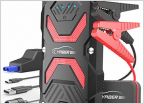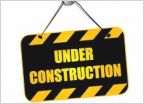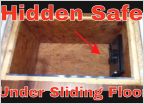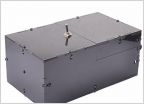-
Welcome to Tacoma World!
You are currently viewing as a guest! To get full-access, you need to register for a FREE account.
As a registered member, you’ll be able to:- Participate in all Tacoma discussion topics
- Communicate privately with other Tacoma owners from around the world
- Post your own photos in our Members Gallery
- Access all special features of the site
How do engineers calculate tire pressure?
Discussion in 'Off-Topic Discussion' started by soggyBottom, Jul 19, 2022.


 Lithium Jump Packs?
Lithium Jump Packs? The Perfect Day
The Perfect Day First Aid Kit: how to set yours up
First Aid Kit: how to set yours up Someone Was Snooping Around My House!!!
Someone Was Snooping Around My House!!! BLACKDAWG NEEDS HELP :D
BLACKDAWG NEEDS HELP :D Robot vacuum experience/reviews?
Robot vacuum experience/reviews?


































































